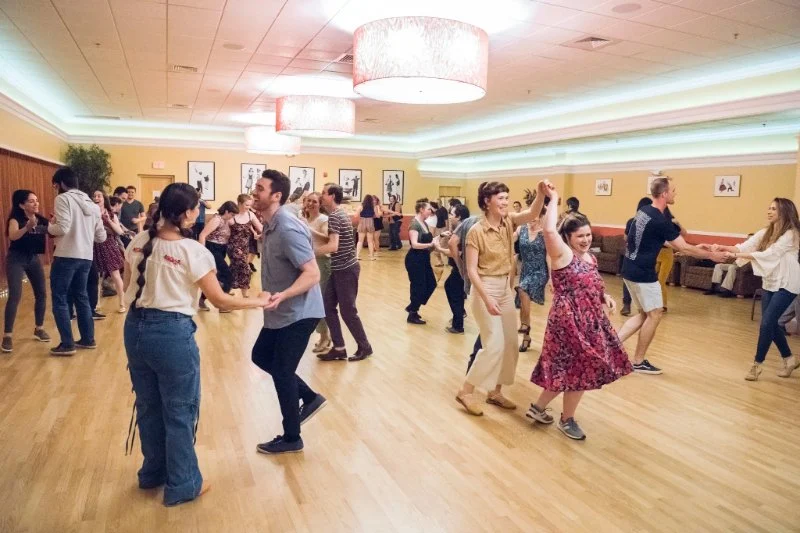
What is Swing Dance? Lindy Hop, Balboa, and Collegiate Shag
- 1- The History of Swing Dancing
- 2- Lindy Hop: The Foundation of Swing Dance
- 3- Balboa and Its Unique Style
- 4- Collegiate Shag and Its Modern Appeal
- 5- How to Get Started with Swing Dance
1. The History of Swing Dancing
Swing dancing, a lively and energetic form of social dance, originated in the 1920s and 1930s in the United States, primarily in Harlem, New York. It evolved as a response to the jazz music that was rapidly gaining popularity at the time. The dance style encompasses various movements and improvisational elements that perfectly complement the syncopated rhythms of jazz.
The most famous styles of swing dancing include the Lindy Hop, Balboa, and Collegiate Shag, each with its unique flavor and cultural significance. While swing dancing initially gained popularity in ballrooms and clubs, it later became a major part of the broader American dance culture and is now celebrated worldwide.
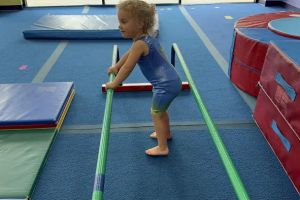
The Little Gym of Katy / gymnastics katy tx
23010 Highland Knolls Dr A, Katy, TX 77494, USA
2. Lindy Hop: The Foundation of Swing Dance
Lindy Hop is often considered the foundation of all swing dances, and for good reason. Originating in Harlem during the 1920s and 1930s, the Lindy Hop was heavily influenced by jazz music and African American dance traditions. Known for its high-energy movements, dramatic jumps, and spontaneous improvisation, Lindy Hop captures the spirit of the swing era.
This dance style is typically performed to fast-paced swing and jazz music and includes intricate footwork, aerials (lifted moves), and a distinct connection between partners. The connection is fundamental in Lindy Hop, where both partners share equal responsibility for leading and following, which leads to a dynamic and creative dance experience.
As the most iconic and influential swing dance, Lindy Hop laid the groundwork for other styles, such as Balboa and Collegiate Shag. Over the years, Lindy Hop has enjoyed a revival in the modern swing dance scene, with many enthusiasts practicing it in both social settings and competitive events.

Jam Box Fitness Lounge / jambox galleria
Farmers BranchDallas CountyTexas
13450 Inwood Rd Suite 100, Farmers Branch, TX 75240, USA
3. Balboa and Its Unique Style
Unlike the more expansive and acrobatic Lindy Hop, Balboa is a compact swing dance that emphasizes quick footwork, tight connections, and smooth, fluid movements. It was born in Southern California during the 1920s and 1930s in response to the crowded dance floors in local ballrooms, where dancers needed a style that allowed them to move in close quarters without sacrificing rhythm.
Balboa’s unique style features a smooth and often understated approach to the music, with a focus on the fast footwork that remains grounded. This dance is highly adaptable and can be performed to both fast and slow swing music, making it versatile and widely popular in both social and competitive dance environments.
A key element of Balboa is the close connection between partners, which fosters a more intimate dance experience. Its intricate footwork and ability to “swing” in confined spaces have made it a favorite among dancers who enjoy precision and control in their movements.
4. Collegiate Shag and Its Modern Appeal
Collegiate Shag, a high-energy swing dance that emerged in the late 1930s, is often associated with the youth culture of the time. Known for its bouncy, rhythmic movements and quick steps, Collegiate Shag was inspired by the Charleston and was popularized by college students dancing in social clubs and ballrooms.
This dance is characterized by fast footwork, small but lively steps, and a distinctive "shuffling" motion that gives it a playful and lighthearted feel. The Collegiate Shag’s bouncy nature makes it a fun and energetic style of swing dancing, and it has experienced a resurgence in the modern dance scene, particularly in the context of contemporary swing and Lindy Hop communities.
What makes Collegiate Shag particularly appealing today is its accessibility and the fact that it can be danced to a wide variety of music, from fast-paced swing tunes to more contemporary pop and rock songs. The dance's light and bouncy nature make it a crowd favorite at social events and swing dance competitions alike.
5. How to Get Started with Swing Dance
Getting started with swing dance can be a fun and rewarding experience, whether you’re interested in Lindy Hop, Balboa, or Collegiate Shag. Here are some steps to help you dive into the world of swing dancing:
1. Take a Class
Many dance studios, including places like Creative Edge Dance Studio, offer beginner-friendly swing dance classes. These classes provide a structured environment where you can learn the basics of each style, understand the foundational steps, and begin building your dancing skills.
2. Practice with a Partner
Swing dancing is often done with a partner, so it's important to practice with someone who is equally eager to learn. Many dance studios also offer social dances and practice sessions where you can meet new people and continue refining your skills.
3. Watch Videos and Attend Socials
Watching videos of swing dance performances and tutorials can be incredibly helpful. Online platforms like YouTube have countless swing dance videos that can teach you specific steps, moves, and routines. Additionally, attending swing dance socials is a great way to put what you've learned into practice and experience the community aspect of the dance.
4. Stay Consistent and Have Fun
The most important part of learning swing dance is having fun and staying consistent. Swing dance is all about expression, rhythm, and joy, so don’t worry about being perfect. With regular practice and a positive attitude, you’ll improve and enjoy the process every step of the way.
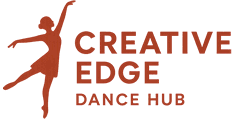

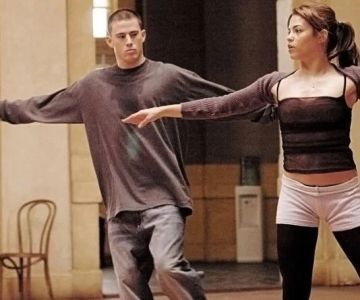
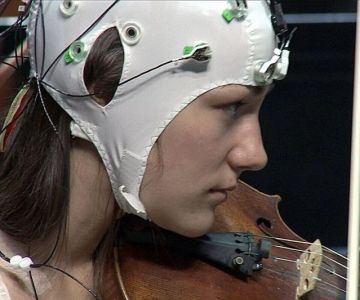



 Dancing for Joy, commissioned by TEMPOart4.0 (7 reviews)
Dancing for Joy, commissioned by TEMPOart4.0 (7 reviews) FBAAD, Fort Bend Academy of Arts and Dance5.0 (1 reviews)
FBAAD, Fort Bend Academy of Arts and Dance5.0 (1 reviews) Diamond Dance Company4.0 (7 reviews)
Diamond Dance Company4.0 (7 reviews)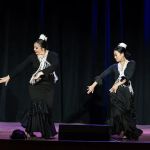 Flamenco Omaha5.0 (3 reviews)
Flamenco Omaha5.0 (3 reviews) Jazzercise5.0 (27 reviews)
Jazzercise5.0 (27 reviews) Vrindhavan Dance Studio5.0 (2 reviews)
Vrindhavan Dance Studio5.0 (2 reviews) My Top 8 Dance Shoes for Studio & Stage – What I Love and Why
My Top 8 Dance Shoes for Studio & Stage – What I Love and Why What is Dance Archiving? Preserving Dance History and Legacy
What is Dance Archiving? Preserving Dance History and Legacy What is Ballroom Dancing? Smooth and Rhythm Categories Explained
What is Ballroom Dancing? Smooth and Rhythm Categories Explained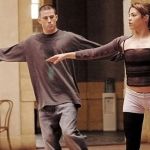 How I Learned to Teach Dance for Film & TV — My Story
How I Learned to Teach Dance for Film & TV — My Story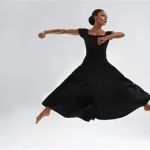 My Story of Dancing Without Gravity: A Futuristic Dance Experience
My Story of Dancing Without Gravity: A Futuristic Dance Experience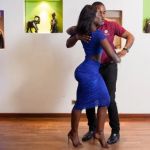 What is Kizomba? The African Partner Dance Sensation Explained
What is Kizomba? The African Partner Dance Sensation Explained